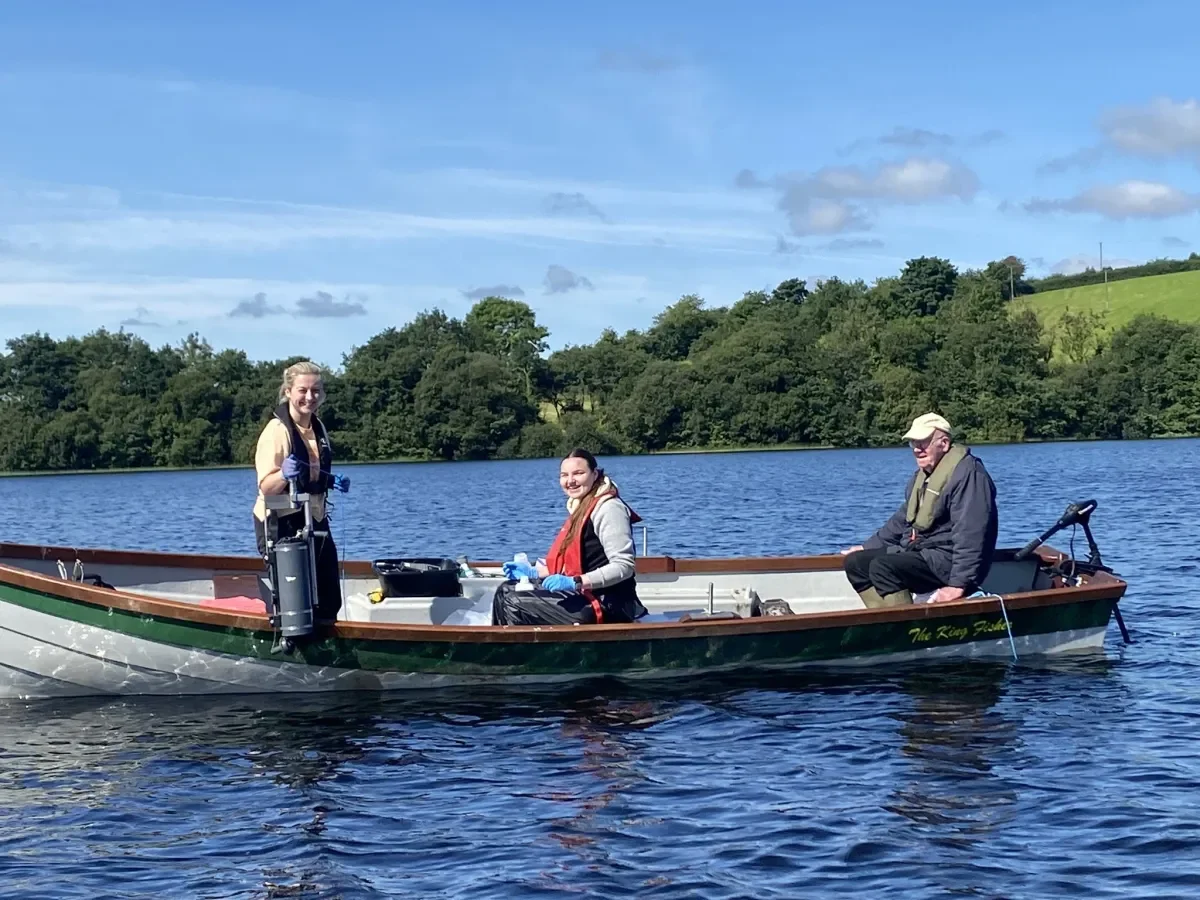

Tracking Invisible Threats: Ireland’s Fight Against PMT and vPvM Chemicals in Water
In an age of advanced water treatment, many assume harmful chemicals are reliably removed before water reaches our taps. However, certain substances continue to challenge even the most sophisticated systems. Among the most concerning are persistent, mobile, and toxic (PMT) and very persistent and very mobile (vPvM) chemicals. These compounds resist degradation and spread rapidly through aquatic environments, often reaching drinking water treatment plants intact.
While the EU’s chemical regulation REACH mandates that chemical producers ensure safe use throughout a substance’s lifecycle, it currently lacks specific mechanisms to protect drinking water sources from PMT and vPvM contamination. Registrants are not required to identify whether a substance has properties that allow it to persist and migrate through water systems.
To address this regulatory and environmental gap, the PERMOTOX project—a collaboration between the Environmental Protection Agency (EPA), Dublin City University (DCU), University of Galway, University of York, and the National Federation of Group Water Schemes—was launched to investigate the presence, sources, and concentrations of PMT and vPvM chemicals in Irish waters. The project is conducting assessments across surface water, groundwater, drinking water sources, and treated water to build a comprehensive understanding of these pollutants.
Mapping Pollution Pathways
A key element of the project involves the use of Geographic Information System (GIS) technology to identify areas where PMT and vPvM chemicals are most concentrated. This spatial analysis helps trace the emission pathways of these substances and understand how they move through aquatic systems. Public engagement also plays an important role, with a nationwide citizen science Water Blitz enlisting 160 volunteers to collect water samples. These contributions enrich the dataset and support mapping efforts that identify contamination hotspots.
By understanding the origins and distribution of these chemicals, researchers can prioritize intervention areas, allocate resources more effectively, and support the development of sustainable industry practices and robust regulatory responses.
Detecting and Quantifying Harmful Substances
Laboratory analysis is central to identifying the scale of contamination. Using Liquid Chromatography–Mass Spectrometry (LC-MS), researchers are detecting and measuring even trace levels of PMT and vPvM substances in water samples collected from across Ireland. This technique offers high sensitivity and precision, allowing for the identification of chemicals that would otherwise go undetected.
The resulting data is critical for shaping evidence-based strategies to mitigate contamination. It provides policymakers and environmental agencies with the information needed to develop targeted remediation plans, inform future regulatory decisions, and protect both ecological and public health.
Safeguarding Ireland’s Water Future
PMT and vPvM chemicals represent a significant environmental and public health challenge. Their persistence means they remain in the environment for long periods, and their mobility allows them to spread quickly and widely.
The PERMOTOX project is advancing Ireland’s capacity to detect, monitor, and manage these pollutants through cutting-edge technology, public participation, and scientific analysis. Its findings will help shape more effective environmental protections and ensure that clean, safe water remains a resource available to all.
